Low-threshold club
The building of the former school was built on the south side of St. Nicholas Church in 1721. Its appearance changed over time to meet the increasing demands on capacity and it was given its present Neo-Renaissance appearance in 1889 according to the design of the architect Jaroslav Bret.
The house will undergo a gradual reconstruction, at the end of which it will become a multifunctional centre for institutions such as a primary art school, a children's and youth house and, last but not least, a low-threshold club for children and youth at risk of social exclusion.
It is to this facility that the first phase of the renovation on the underground floor was dedicated. The centre is staffed by social prevention service workers who help up to 15 children and adolescents deal with their difficult life situation and create a background where they will feel safe and supported.
The low-threshold club is accessed via a descending ramp leading along the side of the building to the new entrance. From there, a new underground corridor leads to a hall with a cloakroom, which provides access to an interview room, an office with staff facilities and toilets. The underground corridor then descends past a glass atrium and ends in a spacious clubroom.
The clubhouse is divided into a computer corner, a games and creative area with a climbing wall and a relaxation room in the glass atrium. The rest room and the hall are illuminated by large skylights, which allow light through the glass walls into the underground corridors and the clubhouse itself. From the clubhouse you can reach the corridor and again the hall by a circuit.
The first phase of the renovation also includes the reclamation of the public space - the main entrance is highlighted by a semicircular opening in the stone wall and a paved gathering space in front of the balancing staircase. The new stone staircase is flanked by ramps to the low threshold centre and the space between the house and the church. The area around the church is made accessible and is connected to the ground floor of the former school. The accessible and landscaped common upper ground floor becomes a new public micro-space. It has a unified clay surface with concrete paving and is enlivened by a green roof garden with a gazebo and concrete bench.

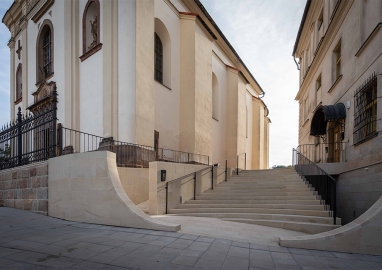
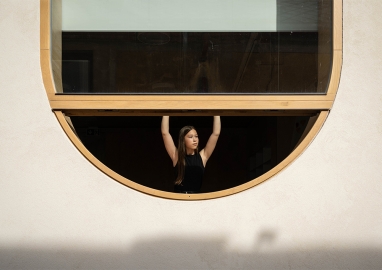
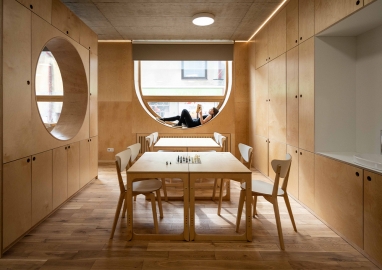
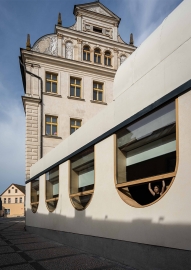
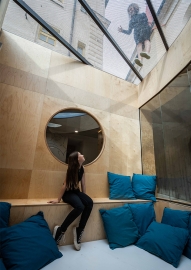
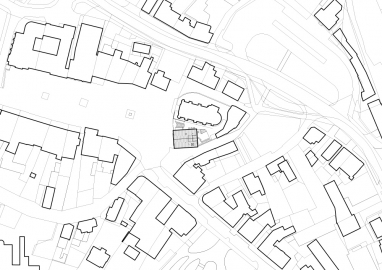 © atakarchitekti
© atakarchitekti
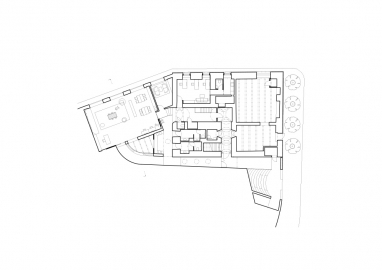 © atakarchitekti
© atakarchitekti
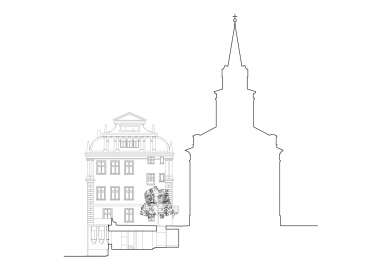 © atakarchitekti
© atakarchitekti
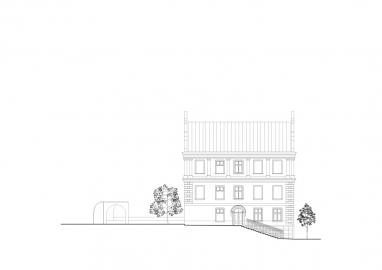 © atakarchitekti
© atakarchitekti